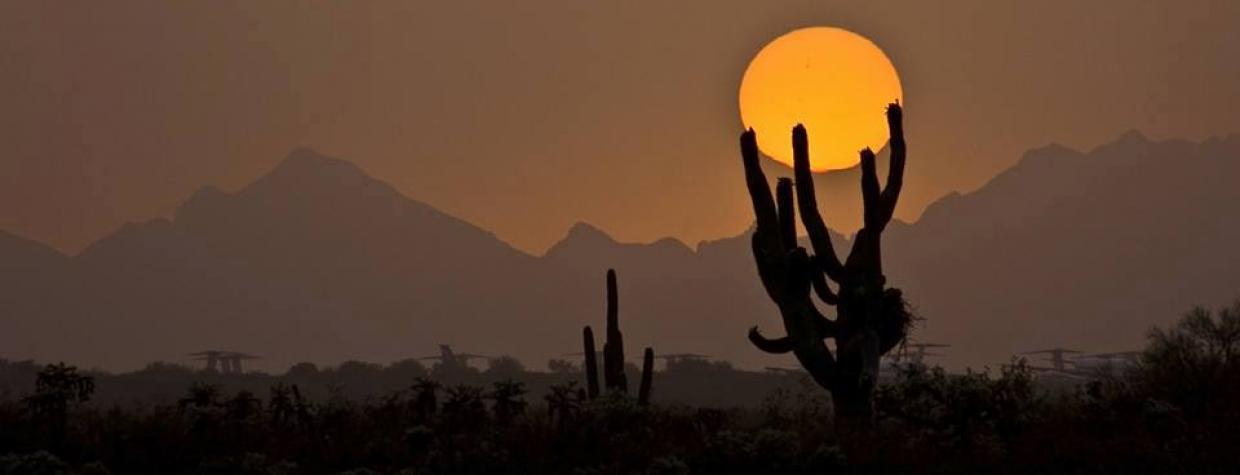A Minnesota native and Arizona transplant recently was stranded for two days in the wilderness north of Phoenix, with little food or water.
He survived, but it could have been much worse for 55-year-old Michael Ohman, as The Arizona Republic reported this month. And Ohman's odyssey in the high desert offers a number of lessons on how to responsibly and safely enjoy Arizona's backcountry.
Ohman spent a morning in the old mining town of Crown King, then had lunch there. As he prepared to head back to his home in Phoenix, he decided to take a scenic route back to the Valley of the Sun, so he selected the "avoid highways" option on Google Maps. That produced a route down remote dirt roads with which Ohman was unfamiliar.
Adding to the problem was the fact that he was driving a Honda CR-V, a two-wheel-drive SUV unsuitable for the steep and rocky roads. And when the road became too rough, Ohman couldn't backtrack — the way back was too steep. Eventually, he developed a transmission leak and the car became inoperable, he told The Republic.
Ohman had only a single bottle of water, plus a few food items and some alcoholic beverages. He eventually found a trickle of water nearby, but after two nights without spotting anyone, he decided to try to get out of the area on foot. He walked for two hours before a dirt biker found him and took him to the ranger station at Lake Pleasant.
Ohman didn't require medical treatment. He told The Republic he hopes his story can help others realize they need to plan when visiting remote parts of Arizona's high desert. "Mistakes can happen, and the small little mistakes all lined up to make that perfect storm," he said.
So, how should you plan for such a trip? First, figure out your route in advance, and contact whatever agency manages that area — a U.S. Forest Service ranger district or Bureau of Land Management field office, for example. Ask about each of the roads you're planning to take: Are they suitable for the car you're planning to drive? Have they been damaged by recent storms or wildfires? Are there any closures planned?
You also should check the local forecast to see if rain or other adverse conditions are expected. That's true any time of year, but especially during the monsoon, when storms can materialize without much warning and cause deadly flash floods.
When it comes to what you take with you, make sure you have plenty of water — more than you think you'll need — and a fair amount of food. It's also a good idea to have a first-aid kit, a flashlight, a compass, a spare tire and a map or atlas.
Finally, tell someone where you're going, the route you plan to take and when you expect to be home. As Ohman noted, no one knew he was taking a trip to Crown King, so by the time anyone noticed him missing, it might have been too late.
Arizona is full of spectacular sights, but it's also full of places you don't want to get stuck in. Plan accordingly, and you can avoid becoming a statistic.

